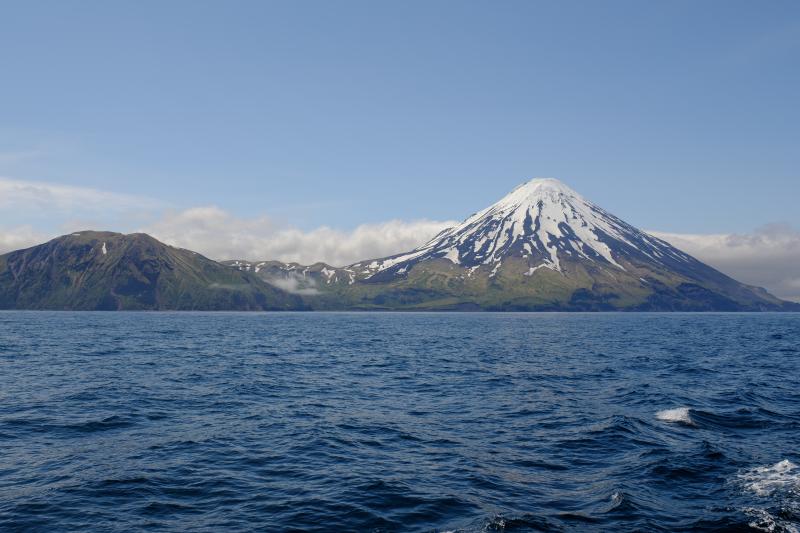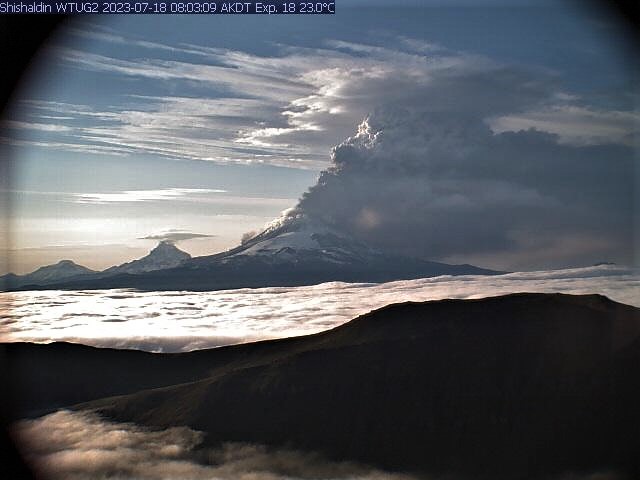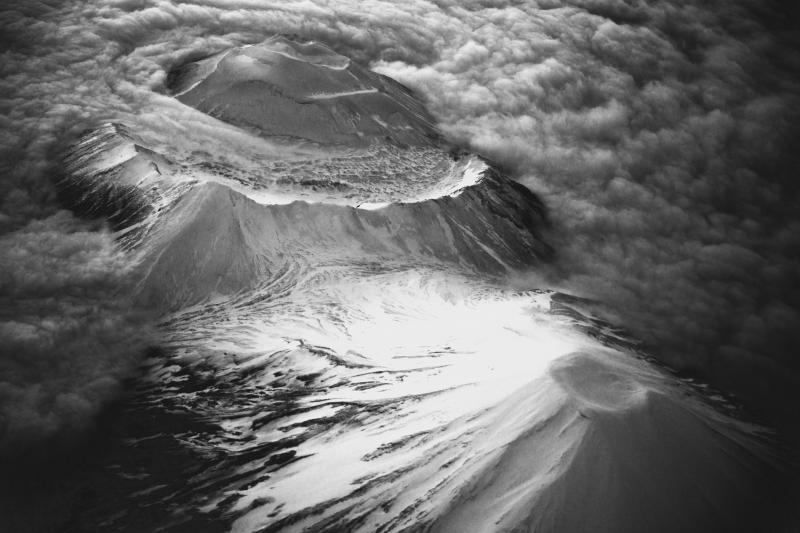January 22, 2024. EN. Alaska : Kanaga , Indonesia : Ibu , Chile : Villarica , Northern Mariana Islands : Ahyi Seamount , Mexico : Popocatepetl .
January 22 , 2024. Alaska , Kanaga : Satellite images over the past this week show no change at the volcano's summit following the December 18 (December 19 UTC)…





